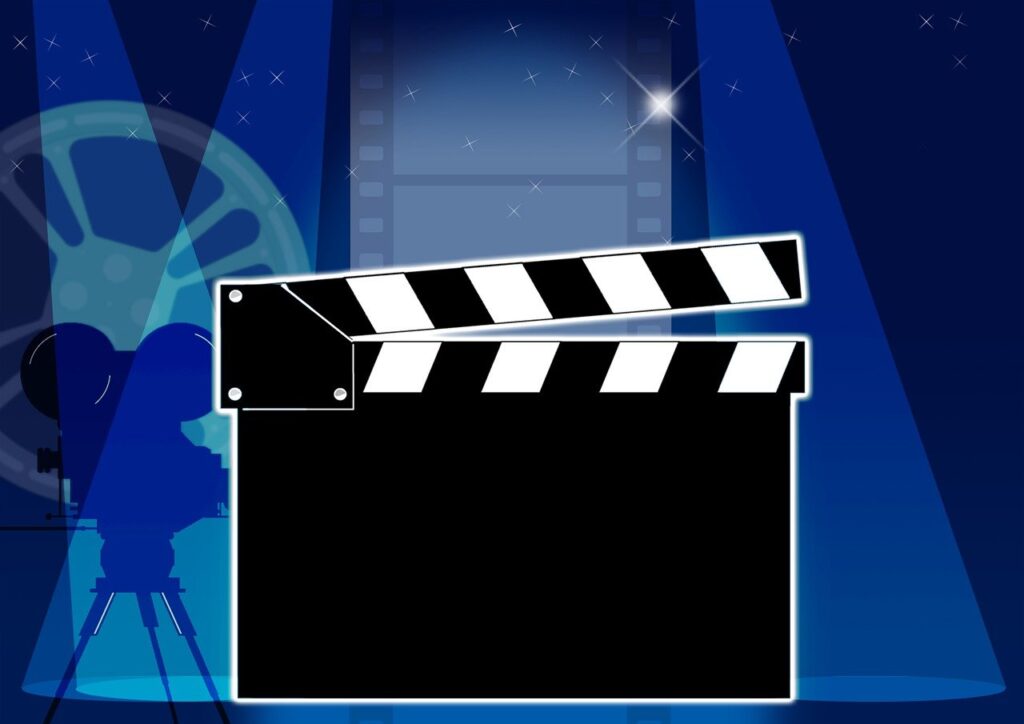
In the ever-evolving landscape of cinema, casting decisions often become the focal point of pre-release film buzz, sometimes overshadowing even the plot or directorial prowess. These choices can swing from widely celebrated to vehemently debated, particularly when they push against the traditional boundaries of representation, diversity, and artistic expression. Hollywood is known for its glitz and glamour, but behind the scenes, casting decisions can sometimes stir up major controversies, leaving audiences and critics alike buzzing with discussions.
These decisions, while often contentious, play a crucial role in driving discussions about diversity and representation in Hollywood. They influence ticket sales, audience engagement, and the critical reception of films, demonstrating that bold casting choices can indeed alter the trajectory of a film’s success and cultural impact. Moreover, the controversies and conversations that arise from these decisions compel the industry to introspect and adapt, pushing for more thoughtful and inclusive casting practices, making cinema a more inclusive art form that mirrors the richness of the world it portrays.
When casting is done right, and an actor and a role mesh together perfectly, everything can look so seamless, creating iconic performances that define generations. However, when it’s done wrong—or perceived as wrong—the whole world notices. All of the casting choices on this list were controversial, some justifiably so, and some not so much. They are the most talked-about casting decisions ever, challenging old paradigms and fostering a new, more inclusive era in filmmaking. Let’s explore some of these unforgettable instances where a single casting choice rocked Hollywood.
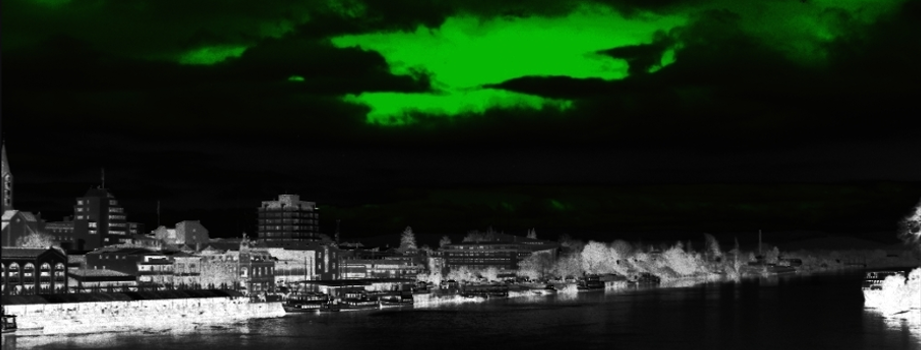
1. **Scarlett Johansson as Major in Ghost in the Shell (2017)**
Scarlett Johansson’s casting as Major Motoko Kusanagi in the live-action adaptation of the beloved Japanese manga *Ghost in the Shell* remains one of the most infamous examples of whitewashing in modern Hollywood. The original character is a Japanese cyborg, and fans expected an Asian actress to take the role. When Johansson was announced, the backlash was immediate and fierce, with accusations of cultural appropriation and erasure of Asian representation dominating online discourse.
The film’s attempt to justify the casting—revealing that Major’s brain was originally Japanese but placed in a white-passing robotic body—only fueled the fire. Critics argued it was a weak excuse that didn’t address the core issue: why not cast an Asian actress from the start? Petitions circulated, and prominent figures like Ming-Na Wen and Constance Wu spoke out against the decision, highlighting the systemic underrepresentation of Asian actors in major film productions.
Johansson herself defended her role, stating in a 2019 *As If* magazine interview, “As an actor, I should be allowed to play any person, or any tree, or any animal because that is my job.” This response was widely criticized as tone-deaf, and she later stepped away from another controversial role, that of a transgender character in *Rub & Tug*, amid a similar backlash. The controversy overshadowed the film’s release, impacting its box office performance, which ultimately flopped critically and commercially, grossing just $169 million against a $110 million budget, with many pointing to the casting controversy as a key factor.
Johansson’s performance wasn’t the issue—her star power was undeniable, and she was praised for her depth and nuance—but the decision underscored Hollywood’s persistent struggle with diversity. This instance brought to light the systemic issues within the industry regarding authentic representation and the ongoing need for greater cultural awareness and sensitivity in casting.

2. **Heath Ledger as The Joker in The Dark Knight (2008)**
Before Heath Ledger’s posthumous Oscar-winning performance as The Joker became legendary, his casting was met with widespread derision. Fans of the Batman franchise initially questioned whether Ledger could succeed in the iconic role previously mastered by Jack Nicholson, especially given his prior roles. Known predominantly for romantic comedies like *10 Things I Hate About You* and the sensitive cowboy Ennis Del Mar in *Brokeback Mountain*, Ledger seemed an odd fit for the chaotic, psychopathic Clown Prince of Crime.
Batman fans took to forums and early social media platforms, decrying director Christopher Nolan’s choice. “Some pretty boy as The Joker? No!” one fan wrote, while others suggested Paul Bettany or Crispin Glover as more suitable alternatives. They didn’t think that he had the acting chops or the psychological depth to take on the role of The Joker, demonstrating the deeply invested and often opinionated nature of pop culture fandom.
Ledger’s transformative performance silenced doubters, earning him a posthumous Academy Award. His portrayal was haunting and mesmerizing, redefining The Joker as a complex, anarchic force. His success is a beacon for future casting decisions, proving that talent transcends preconceived notions and emphasizing the need for a more open perspective in film narratives, even for well-known characters.
‘*The Dark Knight*’ remains a benchmark in superhero cinema, with Ledger’s Joker at its core, illustrating the profound impact of bold and unexpected casting decisions. The casting choice became legendary, showcasing Ledger’s immense talent and dedication, reshaping the archetype of comic book villains and setting a new standard for character portrayal in superhero films.
Read more about: The Surprising Twist: 14 Times Supporting Actors Totally Stole The Show (And Our Hearts!)
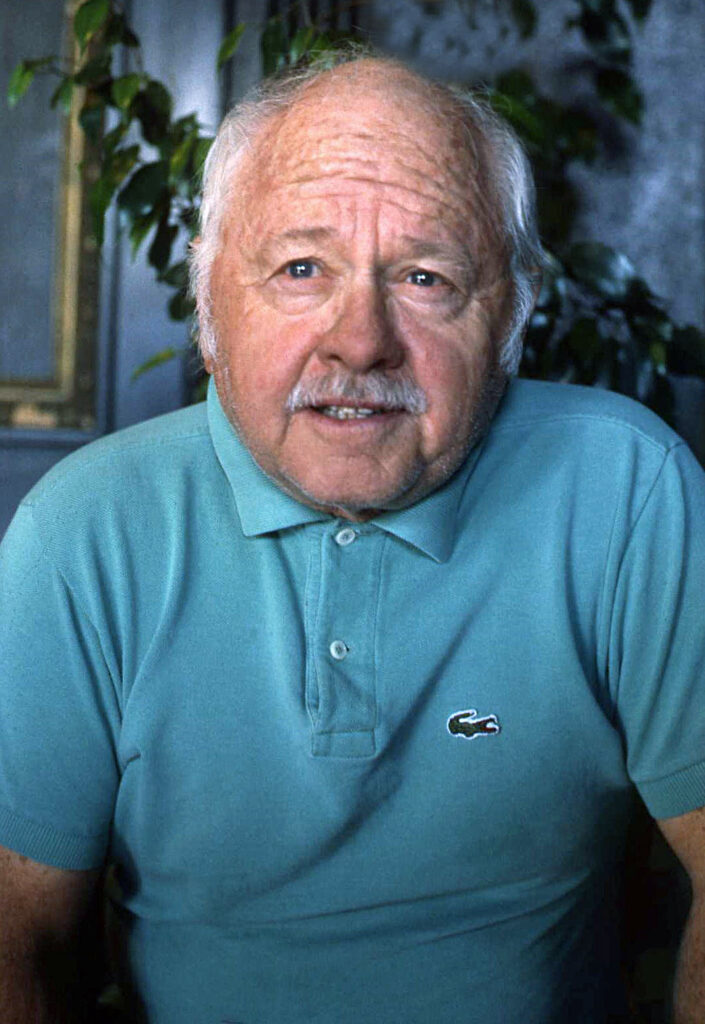
3. **Mickey Rooney as Mr. Yunioshi in Breakfast at Tiffany’s**
Mickey Rooney’s portrayal of Mr. Yunioshi in ‘*Breakfast at Tiffany’s*’ is often cited as an example of racial insensitivity and a persistent issue in Hollywood’s history. His exaggerated, stereotypical performance drew widespread criticism for its offensive caricature of a Japanese character, complete with buck teeth, gigantic glasses, squinted eyes, and a horrible accent.
Despite being a product of its time, audiences today view this casting choice as deeply problematic. Speaking of Asian characters, the consensus is that things don’t get much more problematic than Mickey Rooney as Mr. Yunioshi. This role is a stark reminder of Hollywood’s past mistakes and the historical lack of cultural awareness and sensitivity in casting choices for non-white characters.
The controversy has sparked essential discussions about representation and respect in cinema. Many argue that such portrayals contribute to harmful stereotypes and perpetuate negative perceptions. As Hollywood evolves, this role serves as a crucial reminder of the industry’s past errors and underscores the ongoing need for authentic representation and cultural sensitivity in casting decisions, prompting introspection and adaptation for more thoughtful practices.
Read more about: From Toddler Triumphs to Teenage Turmoil: These 14 Child Stars Dominated Hollywood and Defined Generations!
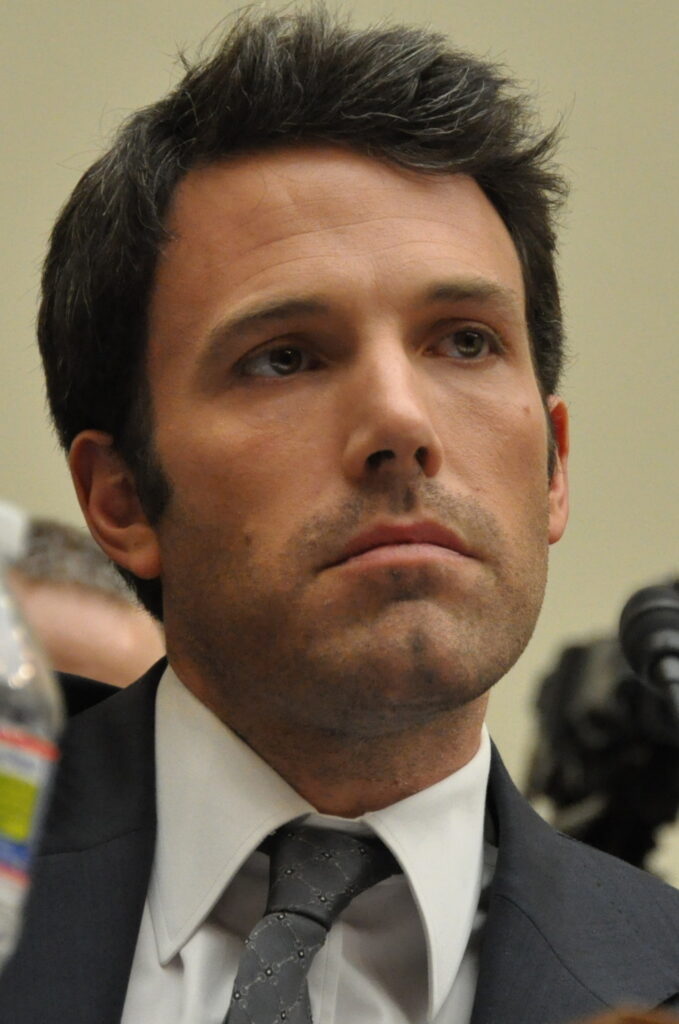
4. **Ben Affleck as Batman in Batman v Superman: Dawn of Justice**
The announcement of Ben Affleck as Batman in ‘*Batman v Superman: Dawn of Justice*’ was met with immediate and vocal skepticism from fans. Many questioned Affleck’s suitability for the iconic role, recalling his previous superhero stint as Daredevil, which had received mixed reviews. The internet exploded with debates, and the collective memory of past perceived missteps fueled the doubt.
It seems like Batman fans are never happy, as the context points out. They are very opinionated people, and when they heard that Affleck was going to play The Caped Crusader, they were more than a little disturbed. “Why can’t they just learn to go with the flow? If one Batman doesn’t work out, you know there will be another one just a few years later,” notes the context, highlighting the perennial nature of fan debates around the character. It’s no surprise that people were skeptical about Affleck’s casting, with some wondering if he could really be worse than George Clooney’s prior portrayal.
Despite initial resistance, Affleck’s performance ultimately won over many critics with his brooding and intense portrayal of the Dark Knight. He brought a fresh perspective to the character, balancing vulnerability with strength, offering a compelling and gritty take on the Caped Crusader that resonated with a significant portion of the audience. This demonstration of his versatility proved his ability to defy expectations and embrace the challenge of such a beloved character.
Ultimately, the casting decision, though controversial, added a new dimension to the Batman legacy, proving Affleck’s ability to defy expectations and embrace the challenge. His successful turn highlighted that sometimes, the most surprising choices can lead to memorable and critically appreciated performances, forever changing how audiences perceive an actor and an iconic role.
Read more about: The Cutting Room Floor Chronicles: 14 Times Prominent Actors’ Roles Were Slashed from Major Films
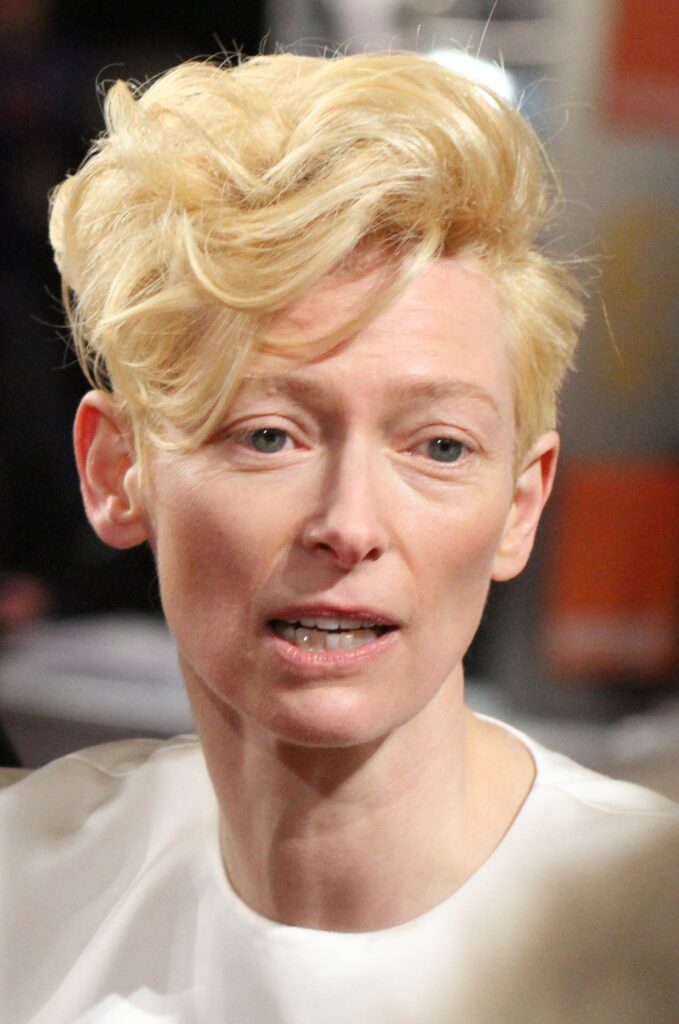
5. **Tilda Swinton as The Ancient One in Doctor Strange**
Tilda Swinton’s role as The Ancient One in ‘*Doctor Strange*’ sparked significant debate about cultural representation, revealing another layer of complexity in modern casting. Traditionally depicted as an Asian male in the comics, Swinton’s casting, as a white woman, was seen by Marvel as an attempt to avoid perpetuating harmful Asian stereotypes, but paradoxically, it faced backlash for erasing Asian representation entirely.
Marvel defended their decision, citing creative freedom and Swinton’s undeniable acting caliber, emphasizing her enigmatic and powerful presence. Her performance was praised for its ethereal quality and depth, bringing a unique interpretation to the mystical mentor. However, critics argued that the role’s potential for authentic Asian representation was overlooked, missing an opportunity to uplift marginalized voices in a major blockbuster.
This controversy highlighted the ongoing balance between creative reinterpretation and cultural authenticity in modern filmmaking. It forced a conversation about whether attempts to subvert one stereotype might inadvertently create another problem by removing representation. The choice sparked important conversations about non-traditional casting and its potential to redefine characters in innovative and unexpected ways, even while navigating the sensitivities of cultural origins.
In essence, Swinton’s casting, while controversial, served as a catalyst for a broader dialogue within the industry and among fans. It underscored the complexities inherent in adapting diverse characters for the screen, prompting further introspection on how to best honor source material while simultaneously fostering inclusivity and meaningful representation in Hollywood narratives.
Read more about: Chameleons of the Silver Screen: Unpacking the Unparalleled Versatility of 14 Iconic Actors Across Genres
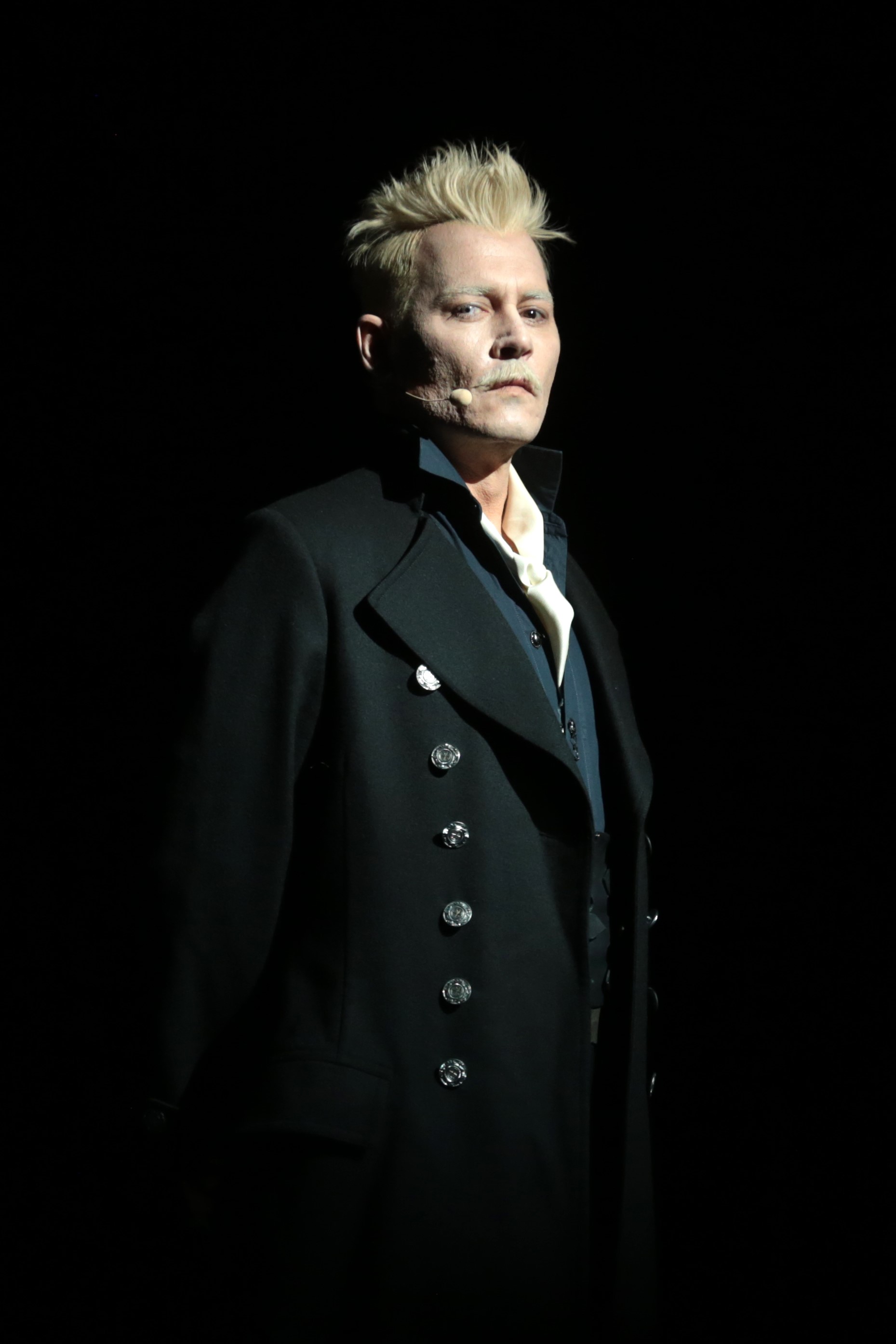
6. **Johnny Depp as Gellert Grindelwald in Fantastic Beasts**
When Johnny Depp was cast as Gellert Grindelwald in the ‘*Fantastic Beasts*’ series, fans were deeply polarized. His involvement came at a highly controversial time, amidst significant legal battles and intense public scrutiny regarding allegations of domestic abuse. Many argued that the choice was problematic due to the ongoing allegations, raising serious ethical questions about platforming an actor facing such accusations in a major franchise.
Warner Bros. initially defended their decision, citing his acting prowess and the importance of his creative vision for the character. Nevertheless, the backlash from a significant portion of the fanbase was considerable, with many expressing discomfort and advocating for his removal from the role. The debate raged on social media and in entertainment circles, creating a persistent cloud over the film’s pre-release buzz.
Depp’s portrayal was intense, offering a unique and memorable twist to the wizarding world’s primary antagonist. Yet, debates raged on whether his personal life—and the surrounding controversies—overshadowed his on-screen performance, making it difficult for some audiences to separate the art from the artist. Eventually, under pressure and amidst further legal developments, Depp stepped down from the role, and Mads Mikkelsen was brought in as his replacement. The entire saga remains a hot topic among fans and critics alike, illustrating the complex interplay between celebrity image, personal conduct, and professional roles in Hollywood.
Read more about: The Highest-Paid Cameos in Recent TV History: Unpacking Hollywood’s Priciest Surprise Appearances
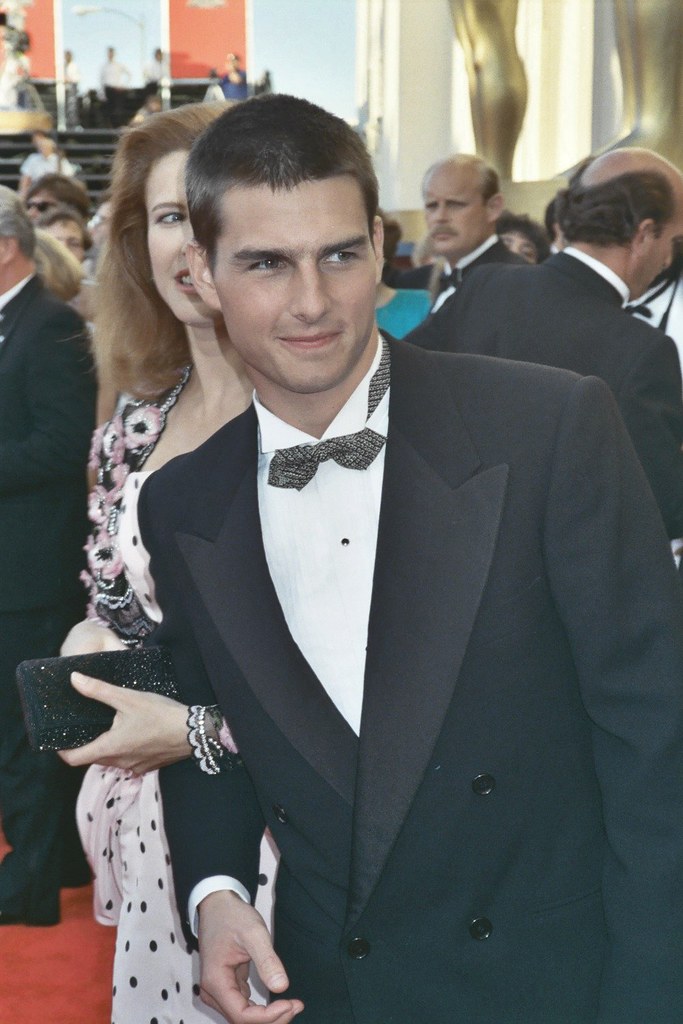
7. **Tom Cruise as Jack Reacher**
Tom Cruise’s casting as Jack Reacher, the titular character from Lee Child’s immensely popular novels, immediately surprised and polarized fans. In the books, Reacher is famously described as a towering, imposing figure, often standing at 6 feet 5 inches tall. Known for his shorter stature, Cruise faced significant skepticism about fitting the physical description of the beloved character. Critics and dedicated fans questioned whether he could truly embody the intimidating essence and sheer physical presence Reacher was known for.
Despite initial doubts and the fervent discussions among the book’s loyal readership, Cruise delivered a remarkably strong performance. He expertly captured Reacher’s intense intellect, his quiet but palpable menace, and his unwavering sense of justice. His dedication to performing many of his own action sequences also impressed audiences, showcasing his commitment to the role and adding a layer of authenticity to the character’s formidable capabilities on screen, even if his height didn’t perfectly match the source material.
The debate over physical accuracy versus acting ability continued throughout the film’s release and beyond, highlighting the intricate challenges of adapting beloved literary characters to the big screen. It sparked a broader conversation about whether an actor’s portrayal can transcend physical discrepancies if the performance captures the character’s spirit. Cruise’s interpretation remains a significant discussion point in the world of literary adaptations, proving that star power and a compelling performance can sometimes outweigh direct physical fidelity to source material, even if it initially ignites controversy.
His portrayal brought new dimensions to the narrative, emphasizing that the essence of a character lies in their actions and values rather than purely their physical attributes, adding another layer to the long-standing debate about how much creative license adaptations should take. Ultimately, Cruise’s Reacher carved its own niche in action cinema, prompting fans to reconsider what truly makes a character iconic on screen.
Read more about: From Tiny Talents to Tinseltown Titans: 14 Child Stars Who Conquered Hollywood and Won Our Hearts
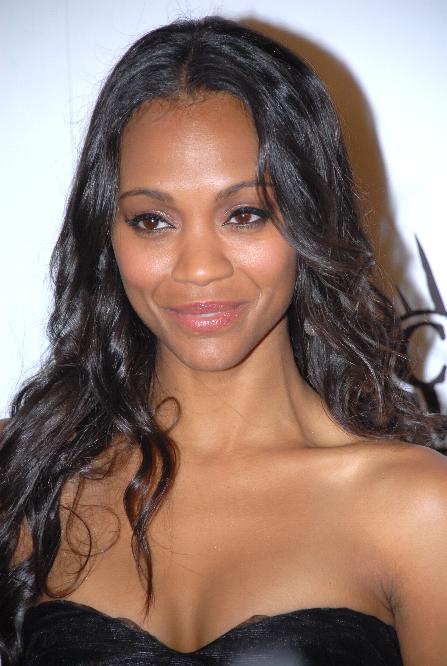
8. **Zoe Saldana as Nina Simone**
People weren’t too happy about Zoe Saldana’s casting as Nina Simone in the biopic *Nina*. A significant portion of Nina Simone’s devout fanbase, along with critics, felt that Saldana was not the appropriate choice to portray the iconic singer, pianist, and activist. The initial announcement was met with a wave of discomfort and disapproval, immediately sparking a passionate dialogue.
A core part of the controversy revolved around Saldana’s physical appearance. Many argued that she was not “dark enough” to authentically embody Simone, whose distinct features and dark skin were integral to her identity and the racial struggles she represented. This perceived mismatch went beyond superficial aesthetics, touching upon deep-seated issues of colorism within the entertainment industry and the importance of authentic representation.
The outrage quickly spilled onto social media, where fans rallied to express their discontent. Hashtags like #BlackBiopics emerged, sparking broader discussions about the suitability of casting choices for roles deeply rooted in specific racial and cultural identities. This collective outcry highlighted the increasing demand for authentic representation in biographical films, where an actor’s identity can be as crucial as their talent.
Ultimately, this casting decision underscored the complexities of portraying real-life figures, especially those with strong cultural and racial legacies. It demonstrated that for deeply invested audiences, physical likeness and the lived experience of an actor, beyond just raw talent, can be a crucial factor in determining the authenticity and acceptance of a performance, pushing the conversation beyond conventional acting criteria.
Read more about: Oof! These 15 Movie Miscastings in Otherwise Great Films Will Make You Cringe (and Wonder ‘What Were They Thinking?!’)
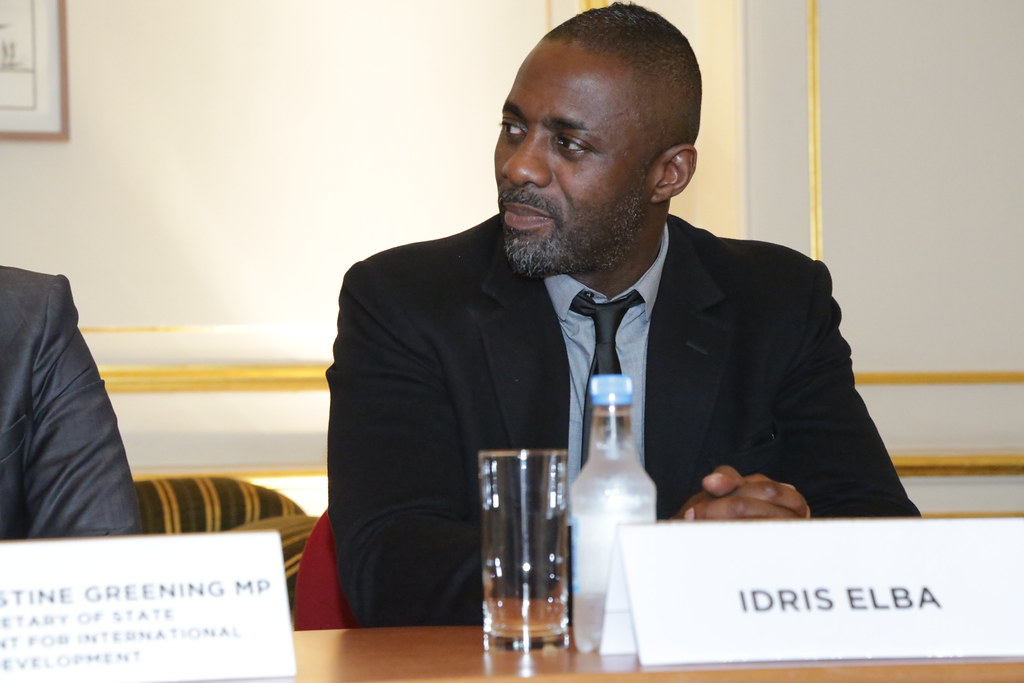
9. **Idris Elba as Heimdall**
Kenneth Branagh’s decision to cast Idris Elba as Heimdall in Marvel’s *Thor* brought a different facet of Hollywood’s race issue to the forefront of public consciousness. This was a striking example of race-blind casting that immediately drew both praise and criticism, challenging traditional perceptions of comic book adaptations and pushing boundaries within the blockbuster genre.
In the original Norse myths and earlier comic iterations, Heimdall, the guardian of the Bifrost, was typically depicted as white. Therefore, the casting of a Black British actor in this role sparked debate among a segment of the fanbase, who argued for strict fidelity to the source material’s visual representation, claiming it was a deviation too far from established lore.
Despite the initial controversy, Elba delivered one of the best supporting performances in the Marvel Cinematic Universe. His stoic, powerful, and utterly captivating portrayal silenced many doubters, proving that an actor’s talent and presence can transcend preconceived notions about a character’s appearance. It’s a reminder that sometimes, letting go of rigid expectations can lead to iconic new interpretations that enrich the cinematic experience.
The debate surrounding Elba’s casting, however, served as a crucial catalyst for broader discussions about race-blind casting and the creative liberties taken in adapting comic book characters. It highlighted how deeply invested fans are in the visual fidelity of their beloved heroes, even when a powerful performance ultimately wins them over, paving the way for more diverse portrayals in blockbuster cinema and encouraging a more inclusive approach.

10. **Johnny Depp as Tonto**
Johnny Depp found himself embroiled in another significant casting controversy with his portrayal of Tonto in Disney’s *The Lone Ranger*. This decision reignited conversations about cultural insensitivity and the perpetuation of harmful stereotypes in mainstream Hollywood productions, drawing sharp criticism from various cultural groups.
Depp, who claimed some distant Native American heritage, attempted to reimagine Tonto’s relationship with the Lone Ranger. However, his performance, complete with elaborate face paint and a somewhat stoic, mystical demeanor, was widely criticized for its reliance on offensive cultural stereotypes, rather than offering a nuanced or respectful portrayal that honored Indigenous traditions.
The backlash was immediate and severe, with many critics and Native American organizations decrying the casting and characterization as deeply problematic. It was seen as yet another instance of Hollywood’s long history of misrepresenting and disrespecting Indigenous cultures, raising questions about why a Native American actor was not chosen for such a significant role, thus missing an opportunity for authentic representation.
The film ultimately underperformed at the box office and was largely panned by critics, with much of the negative reception attributed to its problematic cultural elements. This choice intensified the ongoing dialogue about cultural appropriation in Hollywood, particularly when it comes to Indigenous characters, underscoring the vital need for authentic representation and respectful storytelling to avoid perpetuating harmful narratives.
Read more about: Oof! These 15 Movie Miscastings in Otherwise Great Films Will Make You Cringe (and Wonder ‘What Were They Thinking?!’)
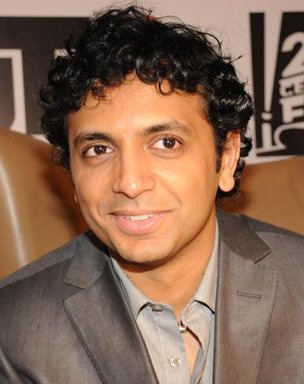
11. **Everybody In The Last Airbender**
M. Night Shyamalan’s live-action adaptation of *The Last Airbender* provoked an unprecedented level of fan outrage, largely due to its profoundly controversial casting choices. The film, intended to be a blockbuster, instead became a textbook example of how not to adapt beloved animated source material, especially when cultural representation is at stake and handled without sensitivity.
A central point of contention was the director’s decision to change the race of an entire group of people. In the original cartoon, many of the beloved characters, including Aang, Katara, and Sokka, were clearly of Asian and Inuit descent. Yet, almost all of the prominent live-action cast, particularly those playing the heroic leads, were white, a glaring departure from the source material.
This extensive whitewashing scandal was met with immediate and fierce condemnation from fans and critics alike, who felt that the casting not only disrespected the source material’s cultural origins but also perpetuated Hollywood’s systemic erasure of diverse characters. The racial incongruity was glaring, making it difficult for many to connect with the film’s narrative and characters authentically.
The controversy, coupled with widely negative critical reviews that cited poor writing and acting, led to the film’s commercial failure. It served as a stark, cautionary tale, proving that disregard for source material’s cultural origins can have severe consequences for a film’s reception and legacy, sparking fervent discussions about systemic racism and the urgent need for authentic representation in mainstream cinema.
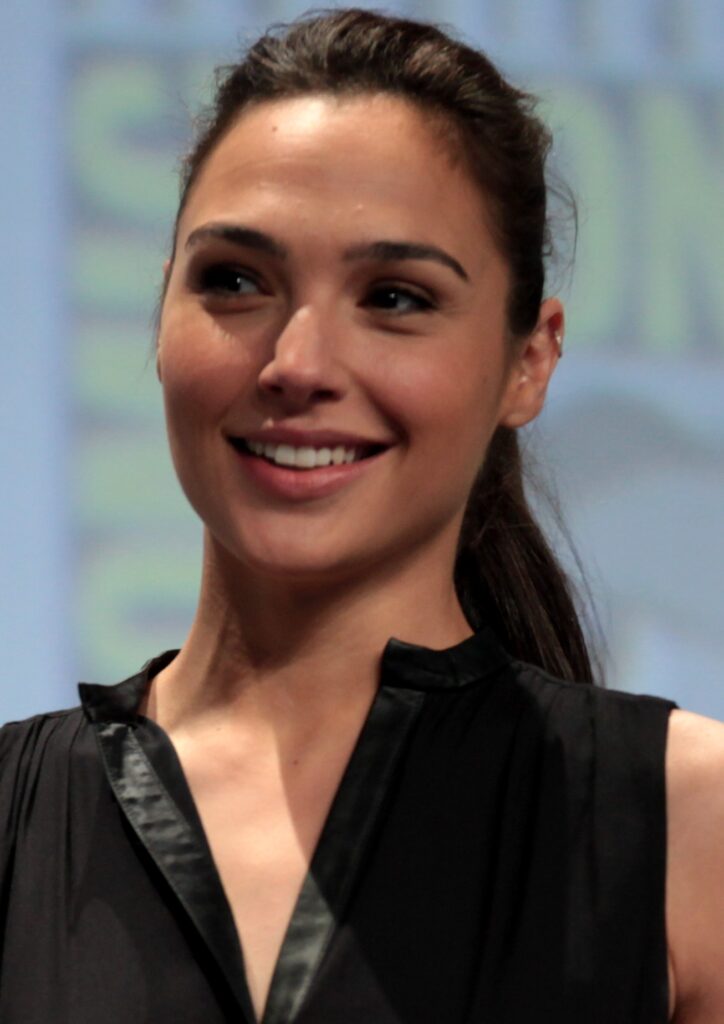
12. **Gal Gadot as Wonder Woman**
When Gal Gadot was announced as the new Wonder Woman in *Batman v Superman: Dawn of Justice*, social media erupted in a flurry of debate and skepticism. Fans, deeply invested in the iconic Amazonian superhero, immediately began scrutinizing every aspect of the casting decision, leading to a significant online “hissy fit” that questioned her suitability.
Critics questioned everything from her physical appearance to her prior body of work, doubting if she possessed the necessary stature, muscularity, or acting gravitas to embody the powerful Amazonian princess. Her background as a model and her relatively shorter stature compared to the comic book depiction of Wonder Woman fueled much of this initial skepticism and intense fan debate.
However, Gadot’s performance in *Batman v Superman* and especially in her solo *Wonder Woman* film proved many of the haters wrong. She brought a unique blend of strength, grace, and empathy to the role, delivering a portrayal that resonated deeply with audiences and critics alike, making her an undeniable success that captivated millions globally.
Her role offered a fresh and empowering take on female superheroes on screen, becoming a defining moment for the genre. Gadot’s portrayal ultimately silenced the doubters, showcasing how an actor can transcend initial skepticism through a compelling and impactful performance that captures the very essence of a beloved icon, forever changing perceptions of the character and the actress herself.
Read more about: Beyond the Vows: Exploring the Careers of Actresses Who Were Never Married

13. **Daniel Craig as James Bond**
The announcement of Daniel Craig as the new James Bond sent shockwaves through the franchise’s loyal fanbase, igniting a storm of media scrutiny and fervent debate. Many felt that Craig, with his rugged looks and less conventional charm, simply didn’t fit the established, debonair image of 007 that audiences had grown accustomed to over decades.
Fans didn’t think he had the “looks or the attitude” to play James Bond. His grittier, more grounded aesthetic was a stark departure from the suave, almost untouchable persona cultivated by his predecessors, leading to widespread skepticism and even calls for boycotts before his first film, *Casino Royale*, even premiered.
However, against all odds, Craig’s tenure as Bond turned out to be transformative, winning over critics and audiences alike. His raw intensity, emotional depth, and physically demanding performances redefined Bond for a new generation, injecting a much-needed sense of realism and vulnerability into the character. As the context notes, “Lucky for us, Craig turned out to be the best James Bond since Sean Connery.”
Craig’s era redefined Bond for a new generation, stripping away some of the traditional camp and infusing the character with a brutal efficiency and a complex inner life that proved incredibly popular. His casting perfectly demonstrated how bold reinterpretation, initially met with fierce resistance, can revitalize a long-standing franchise and solidify an actor’s place in cinematic history, proving that substance can triumph over superficial expectations.
Read more about: When Vision Meets Reality: The Star Who Moved a Continent and Other Cinematic Location Legends
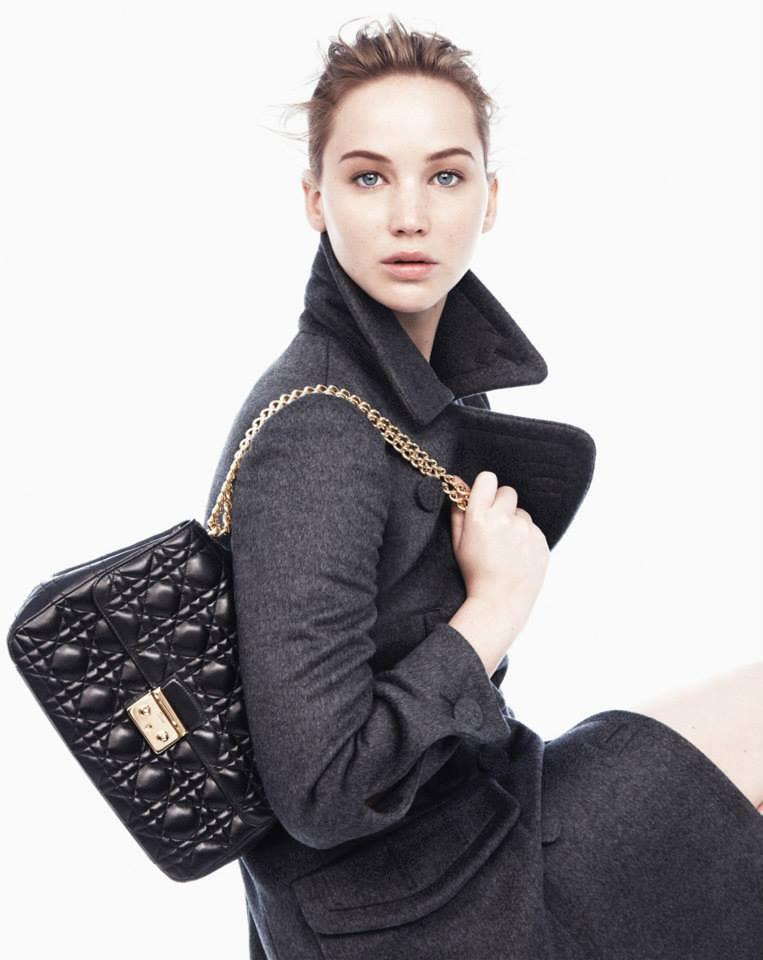
14. **Jennifer Lawrence as Katniss Everdeen**
Jennifer Lawrence’s casting as Katniss Everdeen in *The Hunger Games* franchise, while ultimately triumphant, was initially met with a wave of fan skepticism and, unfortunately, body shaming. The immense popularity of Suzanne Collins’ novels meant that fans had very strong, often rigid, ideas about how their beloved protagonist should appear on screen.
Lawrence herself acknowledged the fan desire for the movie to live up to the book series, understanding the passion behind the criticism. However, some of the backlash crossed into unacceptable territory, with criticisms focusing on her physique. Some people thought that J. Law didn’t look “hungry enough,” a particularly egregious and irrelevant critique for an actress portraying a character from a dystopian future.
This kind of intense scrutiny, fixating on an actress’s physical appearance rather than her acting prowess, underscored the often-unrealistic and harmful expectations placed on actors portraying beloved literary characters. Despite these initial, often superficial, criticisms, Lawrence’s commanding and empathetic portrayal of Katniss ultimately earned her widespread acclaim and silenced many early doubters.
She perfectly embodied the character’s strength, resilience, and emotional depth, delivering a performance that was pivotal to the franchise’s immense success. Lawrence’s triumph proved that a deep understanding and powerful interpretation of a character can transcend initial fan resistance rooted in perceived physical discrepancies, serving as a powerful reminder that true acting talent can transform perceptions and deliver an iconic performance.
Read more about: Beyond the Vows: Exploring the Careers of Actresses Who Were Never Married
These compelling narratives of casting decisions, stretching from the egregious missteps to the triumphant vindications, collectively underscore the intricate and often volatile dance between creative vision, deeply rooted fan expectations, and the ever-present, evolving demand for authentic, inclusive representation in Hollywood. Each choice, whether sparking controversy or eventually earning widespread acclaim, contributes significantly to the ongoing evolution of cinema, consistently challenging us to look beyond initial perceptions and embrace the richness of diverse storytelling on the silver screen. The debates these decisions ignite are not just about who gets a role, but about who gets a voice, whose stories are told, and how accurately they reflect the world we live in, pushing the boundaries of what is possible and what is acceptable in an art form that continually shapes our cultural landscape.



